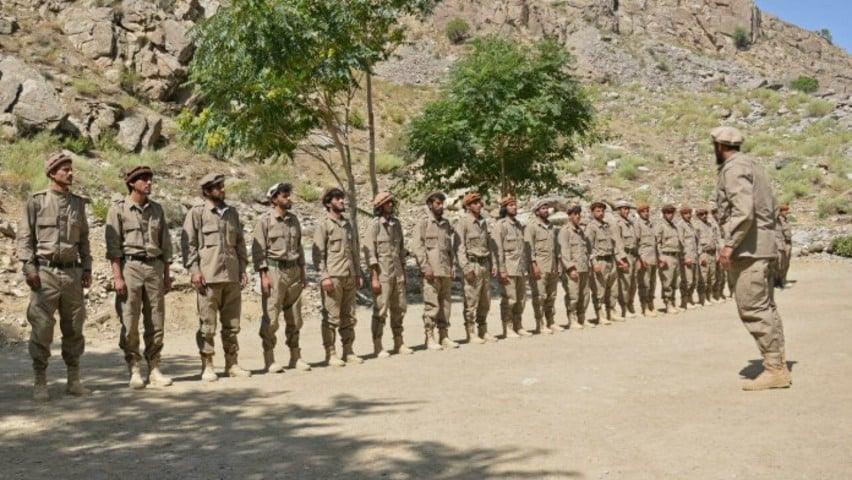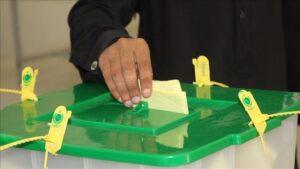Islamabad:
In response to the growing security threats and the recent military escalation with India, the Federal Government proposed on Tuesday a substantial increase of 21 percent in the defense budget for fiscal year 2025-26, a measure that obtained cross support.
The proposed assignment of RS2,550 billion marks a strong increase in the original defense budget of the outgoing fiscal year of RS2,128 billion.
The figure reviewed for the current year is RS2,181 billion, which reflects the financial tension of the four -day military confrontation last month with India, during which both countries exchanged missiles and drones for the first time since they became nuclear powers.
The increase in Pakistan defense spending this year exceeds the annual average increase of 10-15 percent seen in recent years, largely driven by what officials call a “radically altered regional security environment.”
The 2025-26 defense budget of India has been established at $ 78.7 billion, an increase of 9.5 percent, with $ 21 billion for the acquisition of new military teams.
According to budget documents, Pakistan’s defense expense as a percentage of GDP will increase to 1.97 percent, compared to 1.71 percent of last year. The figures exclude RS742 billion assigned for retired military personnel pensions and 300 billion of 300 million for the Armed Forces Development Program.
A breakdown of the proposed allocation of RS2,550 billion rupees: RS846 billion reserved for wages and expenses related to employees; RS704 billion for operating expenses; RS663 billion for the acquisition of weapons, ammunition and related teams, both national and imported, and RS336 billion for civil works and infrastructure development.
Although the three services, the army, the Navy and the Air Force, will receive budgetary increases, the Pakistan army continues to command the greatest participation due to its size and operational responsibilities.
The increase in the budget occurs following unprecedented hostilities last month, caused by India’s accusations that Pakistan was behind Pahalgam’s attack. Pakistan categorically denied any participation.
The two countries exchanged drones and missiles before accepting a high fire of the United States on May 10, which remained despite the fact that India then rejected Washington’s mediation and insisted on its military campaign, called “Operation Sindoor”, it simply stopped.
During the conflict, Pakistan knocked down six Indian combat planes and one UAV. Since then, Islamabad warned that any future violation of its sovereignty would find a quick and forceful response.
India, under Prime Minister Narendra Modi, has adopted a more aggressive position, declaring that any future attack could be treated as an act of war.
Defense analysts argue that the strategic panorama has changed. With India effectively reducing the threshold for the conflict, Pakistan’s defense planners focus more and more to acquire next -generation technologies, including fifth generation combat planes of China, advanced drones and cyber war capabilities.
In recent years, debates about the balance of defense spending with development priorities were common.
However, in the current context of augmented military alert and geopolitical uncertainty, the last budget has generated few public criticisms.
Experts warn that in the absence of a credible peace process and a sustained diplomatic participation, the region runs the risk of being trapped in a expensive and dangerous arms race.




